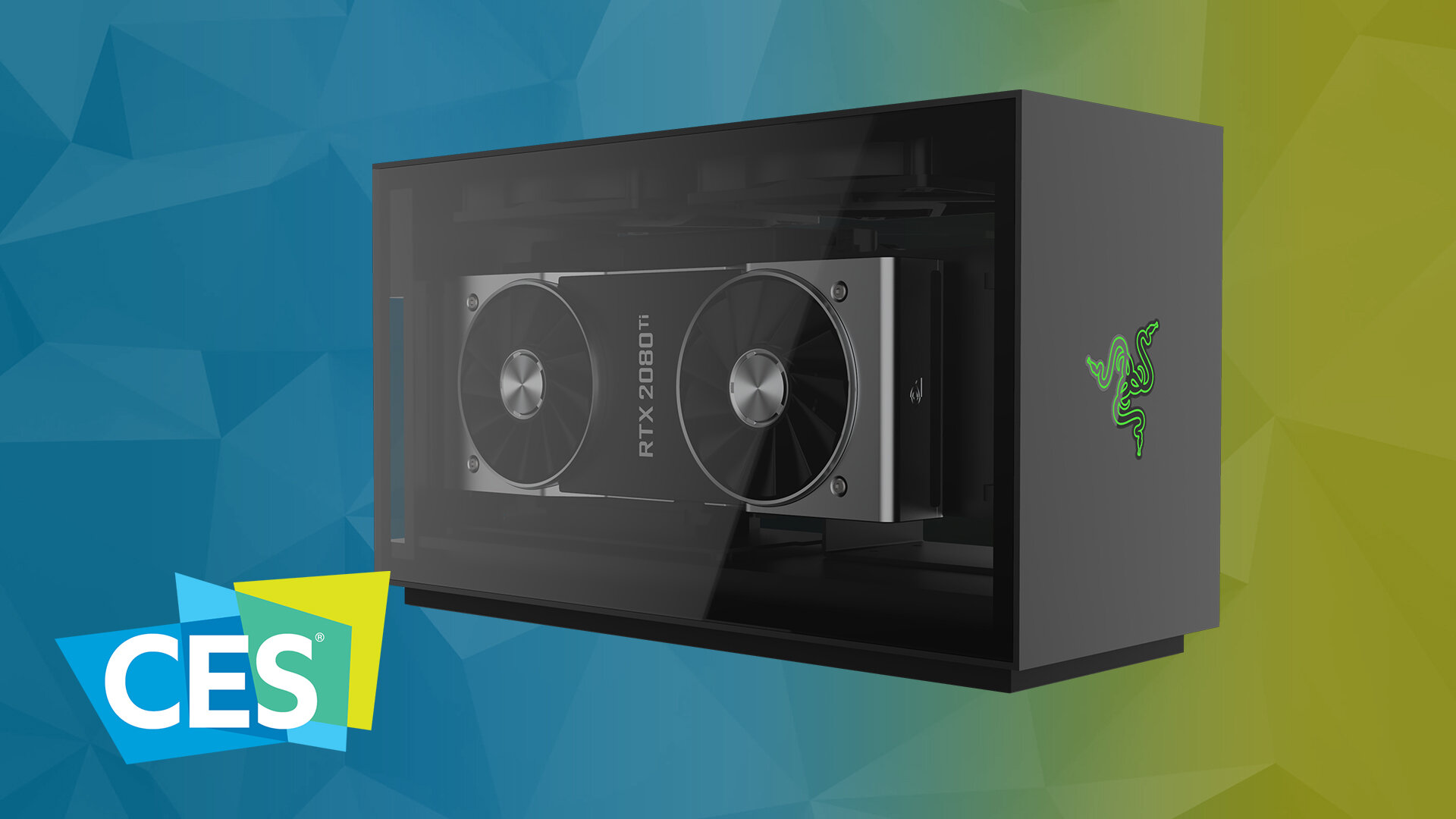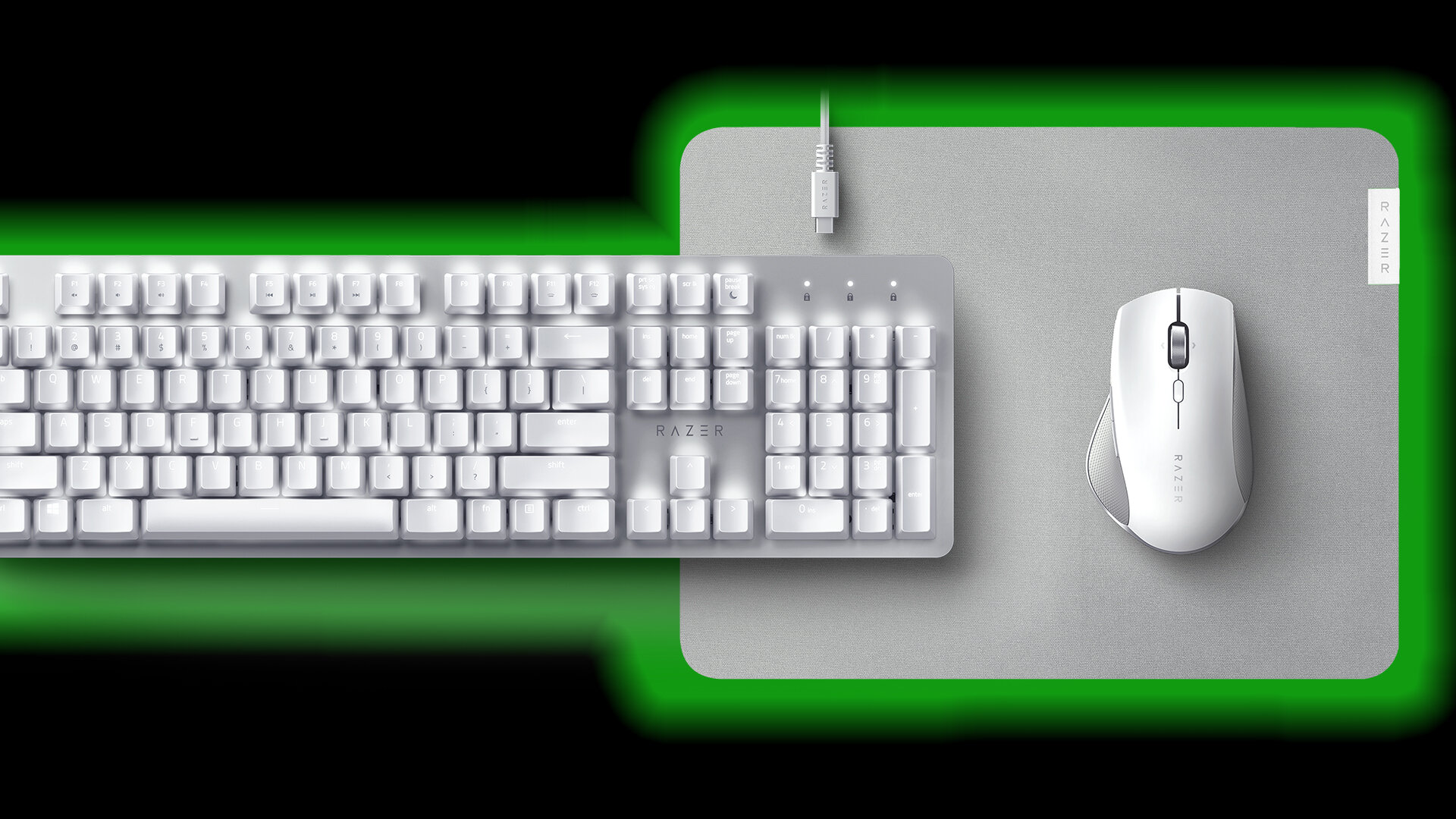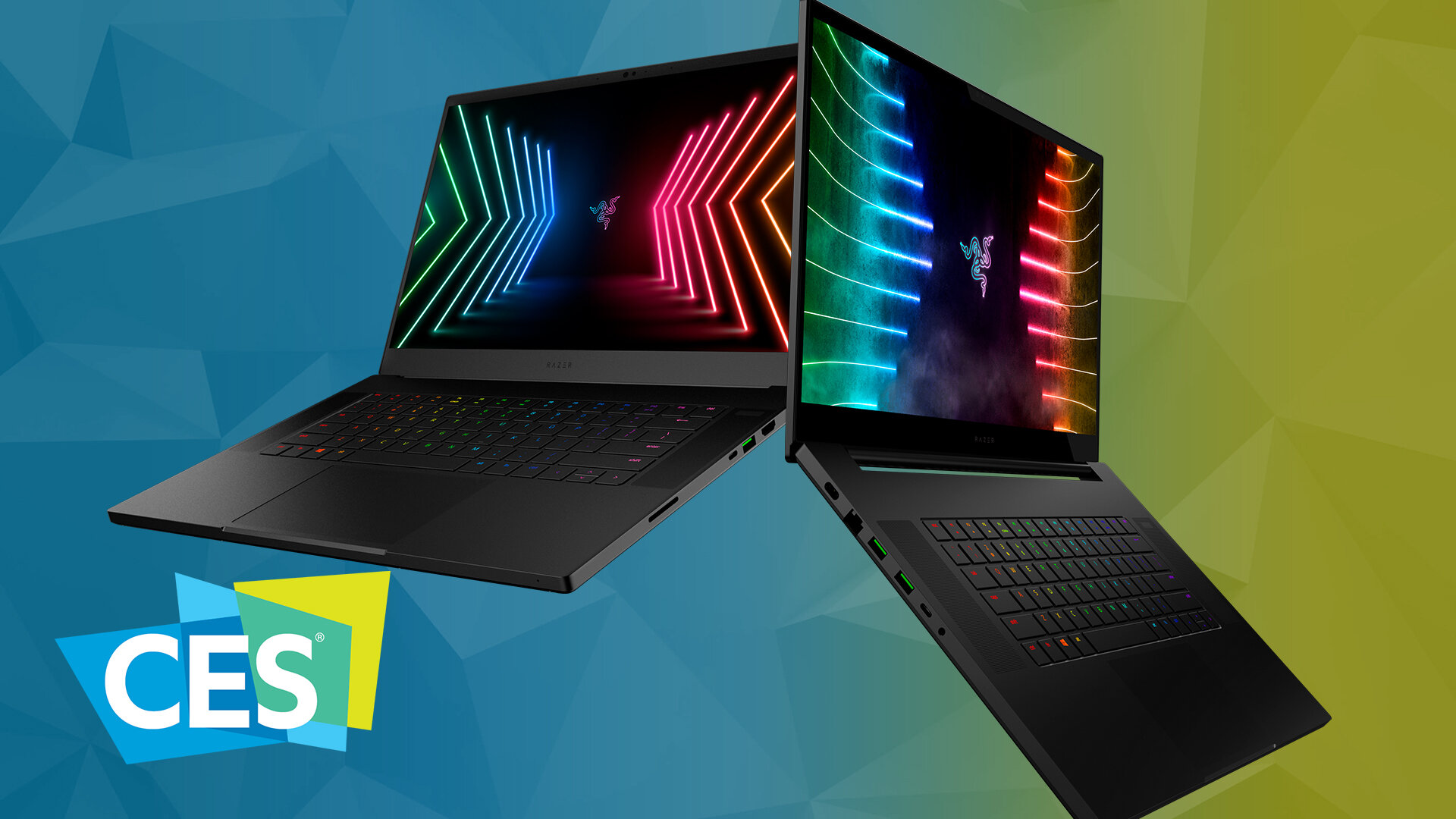Razers Project Sophia aims to make your PC desktop experience live up to its name

It wouldn’t be a CES without Razer turning up to reveal some crazy project and they have certainly done that with Project Sophia, a desk that can be configured to allow for any type of use, from gaming to content creation. Oh it should be mentioned that the PC is actually the desk as well.
Central to Project Sophia’s flexibility is a highly modifiable desk capable of supporting up to 13 separate modules for an untold level of personalization. This allows each section to be configured with an array of task-specific components, such as secondary screens, system monitoring tools, touch-screen hotkey panels, pen tablets and audio mixer units, or even external capture cards, so the user’s set-up can be reconfigured in seconds for the specific situation.
“Project Sophia is our futuristic vision of a multi-purpose gaming and workstation set-up which meets the very different needs of a variety of PC uses, negating the need to move between workspaces,” said Richard Hashim, VP of Growth at Razer. “The hot-swappable modular system allows users to quickly reconfigure their desk with near infinite flexibility, adapting Project Sophia not just for the task at hand, but also to the user’s particular preference. This is the future of the battlestation.”
At the heart of Project Sophia is a customized PCB fitted with cutting-edge core components, including the latest Intel processor and NVIDIA GPU to support the most resource-intensive tasks. To maximize desk space, all of this is housed in a slim chassis that magnetically snaps in underneath the glass tabletop, which can be just as easily detached to install new upgrades, allowing the user to quickly create the system required for the task at hand.
Modules have been designed for all types of users, with creators being able to slot in touchscreen digitizers, tablets, and creative input tools to streamline hotkeys and macros, while gamers can instead focus on modules for high-fidelity audio and blistering visual performance by adding a THX Surround Sound system and high refresh rate monitor. Streamers can transform Project Sophia into a full broadcast setup complete with camera, microphone, and stream control, while those looking for a more an efficient work environment can multitask effectively and comfortably with a productivity hotkey module, wireless charger, and even a bloody cup warmer.
If all this sounds to good to be true though, it likely is, over the year Razer hit CES with insane projects, with 2011’s Switchblade gaming machine, followed up two years later with the Razer Edge. Then in 2014, we got Project Fiona, which was a modular PC, that would let you slide in new modules to upgrade your PC whenever you wanted, sound familiar. They have also done crazy things like Project Valerie, which was a laptop with three screens, that unfolded like something out of Minority Report, or how about 2020’s Razer Eracing Simulator concept.
The problem Razer has is that they hit the show with insane, if working one off products, that gain attention for their cool factor, but very rarely ever make it into production and a desk like this, will honestly follow suit, so while cool, I would not hope to see it available soon.







